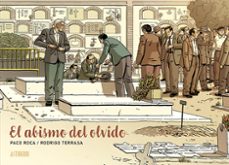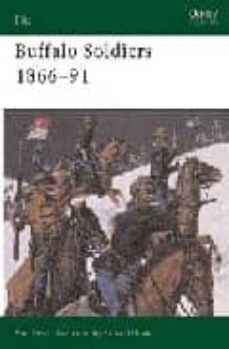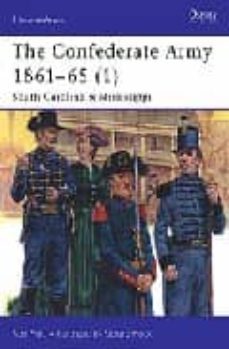Imprescindibles
Más vendidos Libros más leídos eBooks más leídos Todos los libros Todos los libros Autores destacados Series y sagas
Recomendados Libros recomendados Autores destacados Libros que inspiran Vidas con historia LGTBIQ+ English books
Ficción
Literatura Contemporánea Estudios literarios Clásicos Cuentos Poesía Teatro Libros de bolsillo Sagas literarias
Géneros literarios Novela romántica y erótica Novela negra Novela histórica Narrativa fantástica Novela de ciencia ficción Novela de terror Narrativa de humor Narrativa de viajes
No Ficción
Ciencias y tecnología Biología Ciencias Ciencias naturales Divulgación científica Informática Ingeniería Matemáticas Medicina Salud y dietas Formación Idiomas Estilo de vida Libros de Cocina Guías de viaje Narrativa de viajes Deportes Libros de Juegos Manualidades
Humanidades Autoayuda y espiritualidad Ciencias humanas Derecho Economía y Empresa Psicología y Pedagogía Filosofía Sociología Filología Biblioteconomía Estudios filológicos Estudios lingüísticos Estudios literarios Historia y crítica de la Literatura
Infantil
Juvenil
Cómic y Manga
Novela gráfica Novela gráfica americana Novela gráfica europea Novela gráfica de otros países Personajes, series y sagas Series y sagas Star Wars Superhéroes Cómics DC Cómics Marvel Cómics otros superhéroes Cómics Valiant
eBooks
Literatura Contemporánea Narrativa fantástica Novela de ciencia ficción Novela de terror Novela histórica Novela negra Novela romántica y erótica Juvenil Más de 13 años Más de 15 años Infantil eBooks infantiles
Humanidades Autoayuda y espiritualidad Ciencias humanas Economía y Empresa Psicología y Pedagogía Filosofía Historia Historia de España Historia Universal Arte Cine Música Historia del arte
Ciencia y tecnología Ciencias naturales Divulgación científica Medicina Salud y dietas Filología Estudios lingüísticos Estudios literarios Historia y crítica de la Literatura Estilo de vida Cocina Guías de viaje Ocio y deportes
RON FIELD
Recibe novedades de RON FIELD directamente en tu email
Filtros
Del 1 al 7 de 7
MILITARY ILLUSTRATED 9781903040041
Tapa dura
OSPREY PUBLISHING 9781841767567
African-American soldiers played a decisive role in the US Army on the western frontier during the Plains Wars. First authorised by Congress in July 1866, they were organised into two cavalry and four infantry regiments, which were commanded by white officers. All were quickly nicknamed the 'Buffalo Soldiers' by their Cheyenne and Comanche enemies. These brave soldiers fought many native tribes over the years, including the warriors of Sitting Bull and Geronimo. This book tells the story of these buffalo soldiers who, until the early 1890s, constituted 20 per cent of all active forces on duty in the American West.
Ver más
Tapa blanda
OSPREY PUBLISHING 9781841767680
The part played in the Civil War by the small Marine Corps of the United and Confederate States is overshadowed by the confrontations of the great armies. Nevertheless, the coastal and riverine campaigns were of real importance, given the strategic significance of the Federal blockade of southern ports, and of the struggle for the Mississippi River. Marines wearing blue and grey fought in many dramatic actions afloat and ashore - ship-to-ship engagements, cutting-out expeditions, and coastal landings. This book offers a comprehensive summary of all such battles, illustrated with rare early photographs, and meticulously researched color plates detailing the often obscure minutiae of Marine uniforms and equipment.
Ver más
Tapa blanda
OSPREY PUBLISHING 9781841767758
A major period of westward expansion took place in the United States during the first half of the 19th century. Fur trading, the coast-to-coast railroad, the California gold rush and the removal of Native American tribes both facilitated and encouraged America's manifest destiny to become a transcontinental nation. The task of protecting the settlers from the tribes that inhabited the Great Plains fell to the US Army, and to do this an extensive network of permanent forts was created via construction and acquisition. This title examines why the forts were built, as well as their design, defensive features and the role they played in the settlement of the American West. The daily lives of the garrison soldiers and fort inhabitants are also covered, together with the fighting witnessed at key sites.
Ver más
Tapa blanda
OSPREY PUBLISHING 9781841768496
The common image of the Confederate Army during the Civil War is dominated by a limited number of early photographs of soldiers wearing the gray and butternut associated with the CS regulations and quartermaster issues. This sequence of books examines a much wider field: the original uniforms of the state militia and volunteer companies which were brought together to form the Confederate armies, and the continuing efforts by individual states to clothe their troops as wear-and-tear reduced the originally wide range of uniforms. A mass of information from state papers and other contemporary documents is illustrated with rare photographs and meticulous color reconstructions
Ver más
Tapa blanda
Del 1 al 7 de 7

































